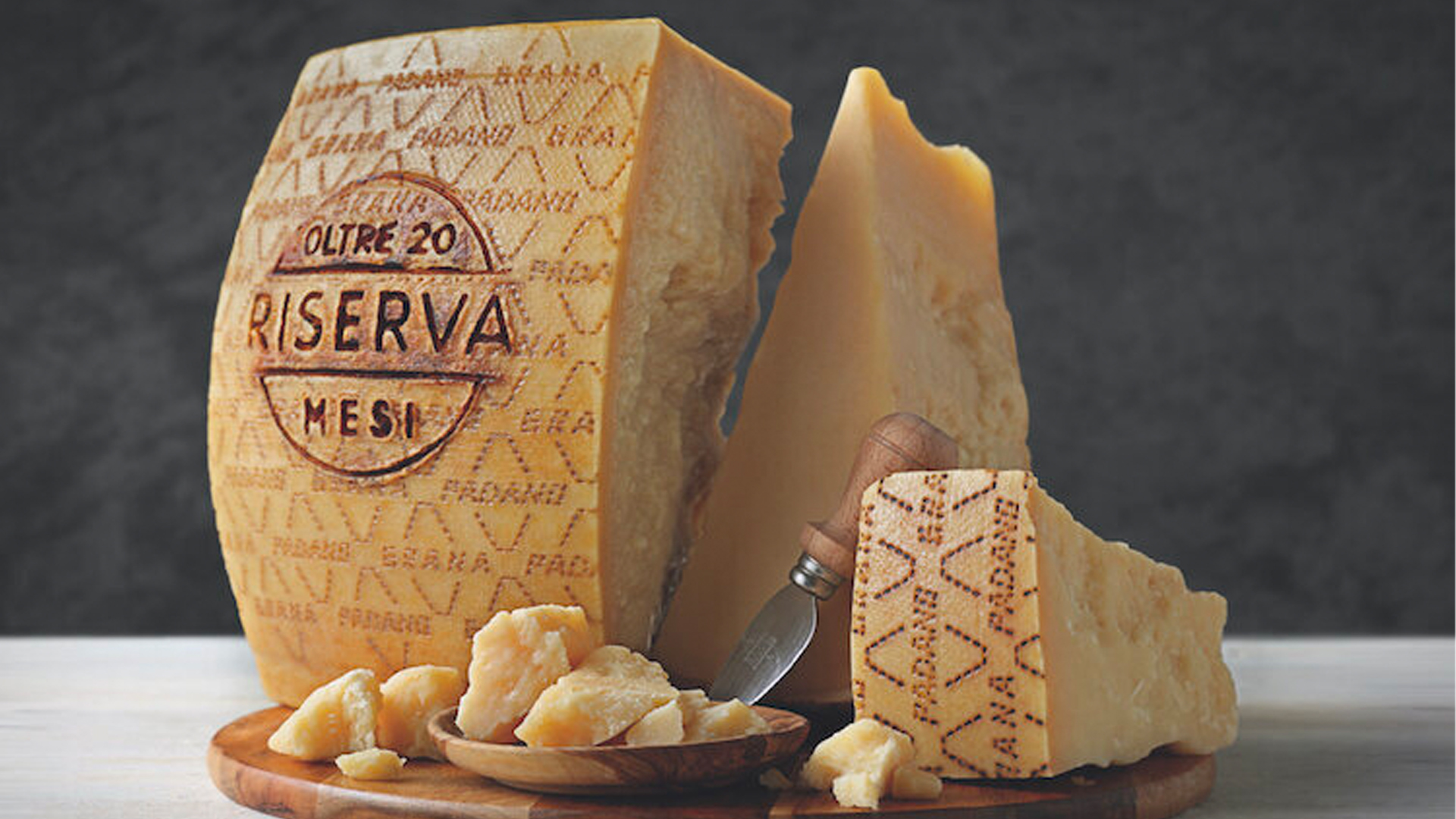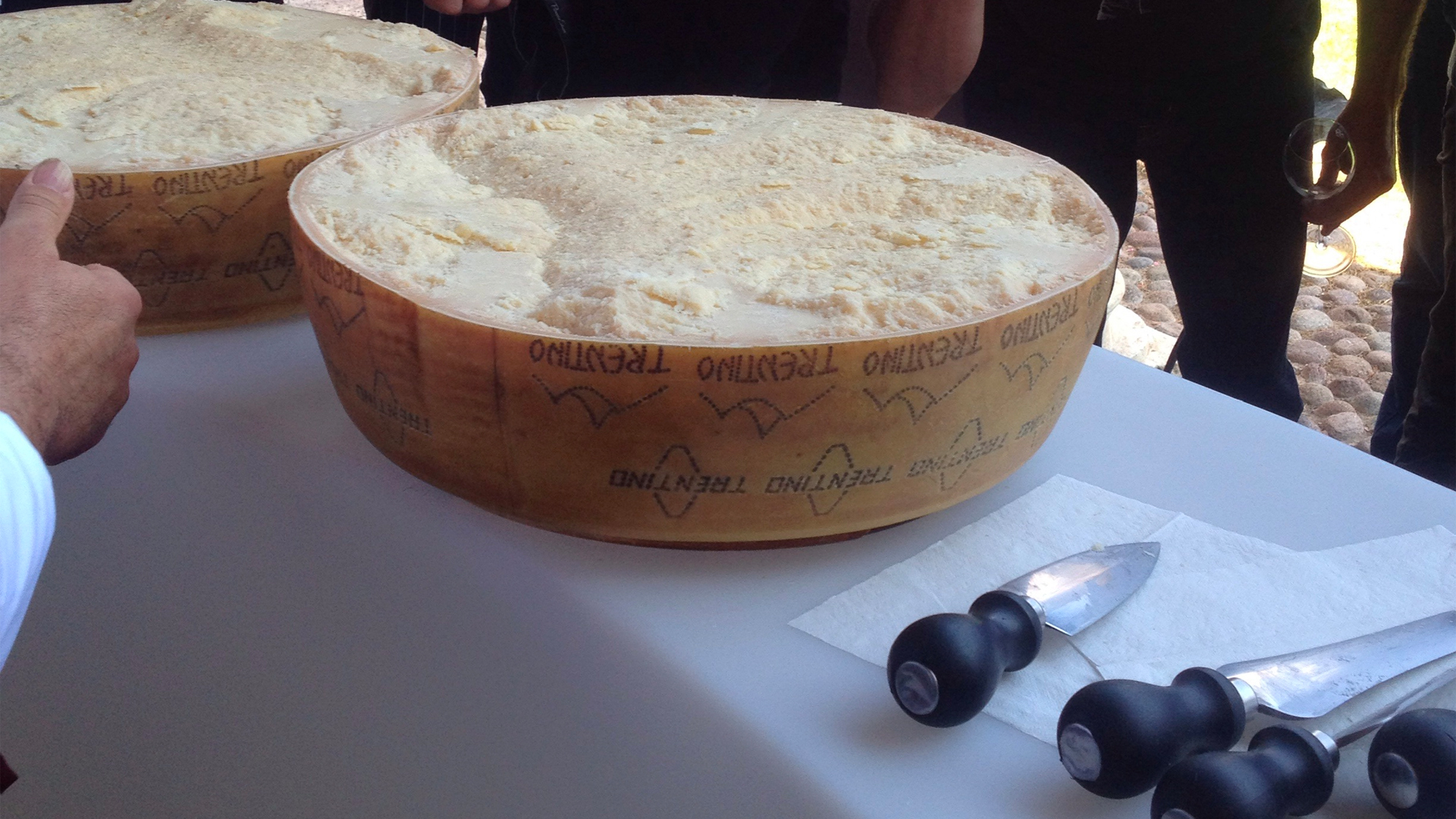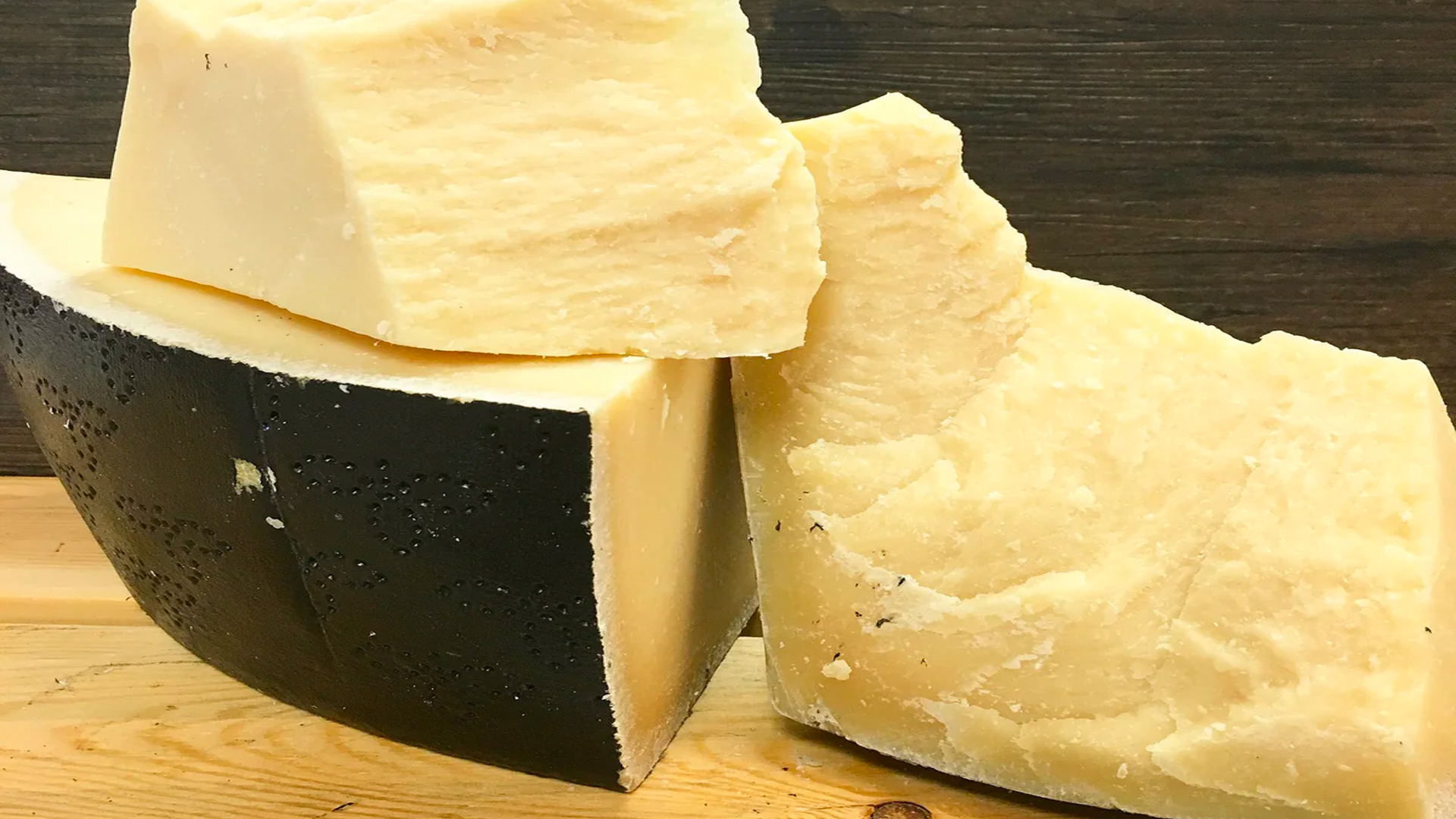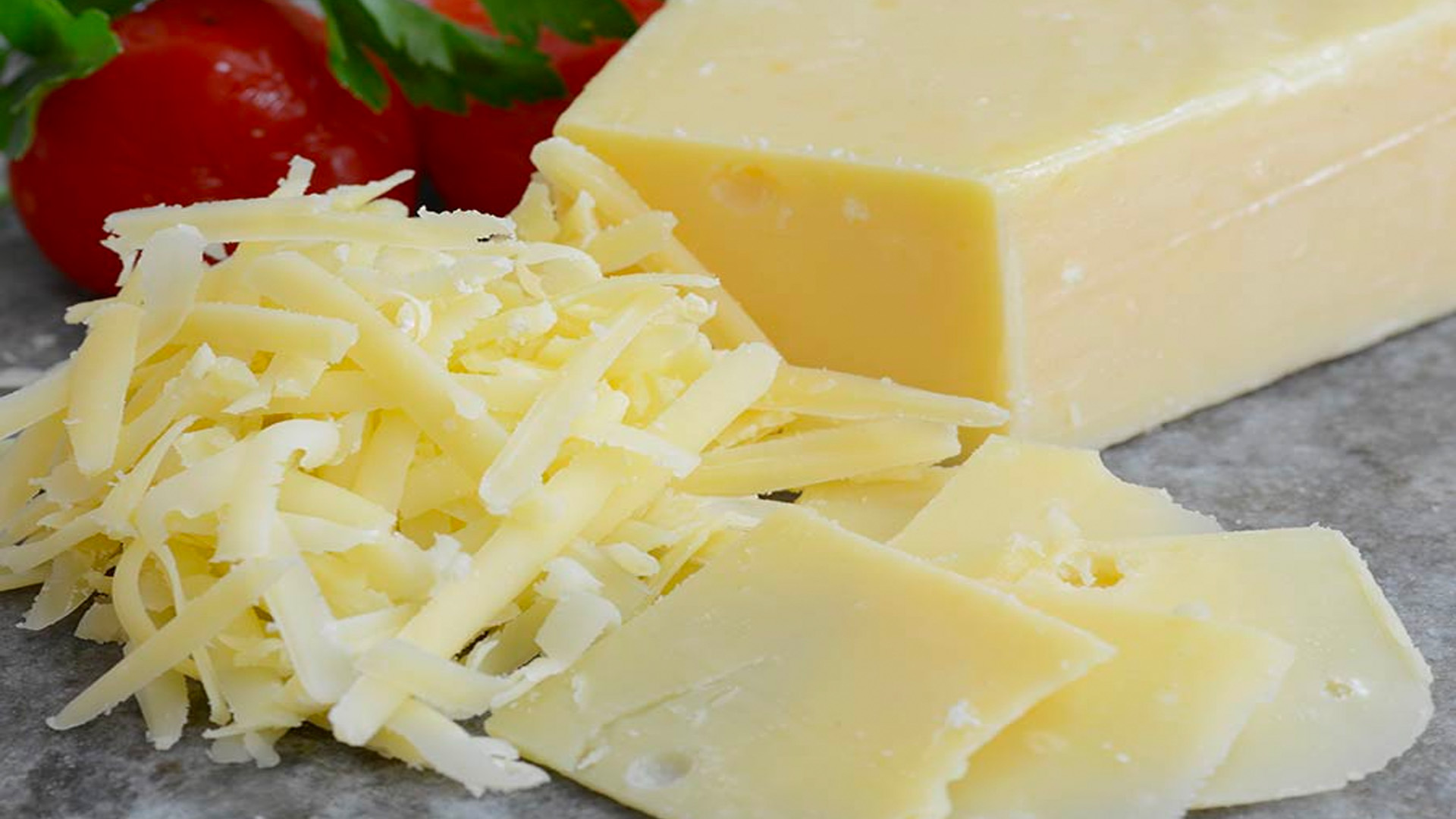Parmigiano Reggiano is perhaps the most famous Italian cheese. The hard, aged, low-moisture cheese is a protected agricultural product in Italy, producers face regular inspections. It belongs to a family of cheeses known as a grana, meaning grain, so called because the small curd pieces form granular, crystalline structures as the cheese ages. However, it's not the only grana-style cheese produced. Moreover, it's a style that's been imitated and reproduced by Italian immigrants around the world.
Here are some alternatives of Parmigiano-Reggiano worth trying:
Grana Padano

Grana Padano is a close cousin of Parmigiano-Reggiano made from unpasteurized, part skim milk. One big difference between the two cheeses is that Grana Padano can be made using milk from cows fed silage–grains that have been siloed and slightly fermented to preserve it for winter feeding. Another regionally protected grana-style cheese, it was granted DOP status in 1992. Grana Padano has a common ancestor with Parmigiano-Reggiano sometime in the 12th century.
Grana Padano Riserva

This variety of Grana Padano is aged more than 20 months rather than the standard 9 to 16 months. This system is similar to Parmigiano-Reggiano's classification of giovane (young), vecchio (old), stravecchio (extra old), and straveechione (super old). In other words, it's a more expensive Grana Padano. The “riserva” has stronger, nuttier flavors and more crystals than the standard Grana Padano, meaning that overall, it comes out tasting more like Parmigiano-Reggiano.
Trentingrana or Grana Trentino

Produced in the province of Trento, Trentingrana cheese falls within the Grana Padano DOP zone. The cheese uses milk from summer pastures in the mountains leading to a distinctive flavor. It is marked with a Trentino stamp on the rind.
Granone Lodigiano

This grana-style cheese is produced in the province of Lodi in Lombardy. It was originally a 12th-century monastic cheese. Production of the cheese peaked in the 19th century. A distinguishing characteristic was the formation of small gas bubbles during the aging process. The last dairies producing this style of cheese ceased production in the late 1970s, in part because brown Alpine cows traditionally providing milk fell out of favor because they had lower milk production than other breeds, and the long aging process of 36 months made it expensive. In the 2000s, production was revived, now usually under the term Tipico Lodigiano or Tipo Granone.
Gran Moravia

This aged grana cheese is produced using copper kettles similar to the process used in making Parmigiano-Reggiano. It's produced in the Moravia region of the Czech Republic. The brand relies on a series of traceable, eco-sustainable dairy farms to supply milk for cheese production.
Black Parmesan

This raw milk cheese is also known as “Bella Lodi” since it’s produced by a single dairy. The cheese has a distinctive black rind or in the case of “Bella Lodi Oro”, golden colored one. This particular dairy also makes a buffalo milk grana.
Reggianito

Developed in Argentina by Italian immigrants – some 75 percent of the country is of Italian descent – this hard, aged cheese intentionally imitates Parmigiano-Reggiano. However, the wheels produced in Argentina are typically smaller than those in Italy, and the Spanish name reflects the diminutive size. In the early 20th century, Argentina was producing enough of the cheese for export that Italian Parmigiano-Reggiano producers were concerned about losing market share. The market pressure was one reason the Consortium of Parmigiano-Reggiano was initially formed to protect dairies in the Po River region.
Ian MacAllen
Ian MacAllen is America Domani's Senior Correspondent and the author of Red Sauce: How Italian Food Became American. He is a writer, editor, and graphic designer living in Brooklyn. Connect with him at IanMacAllen.com or on Twitter @IanMacAllen.


